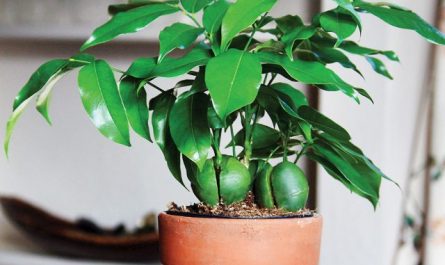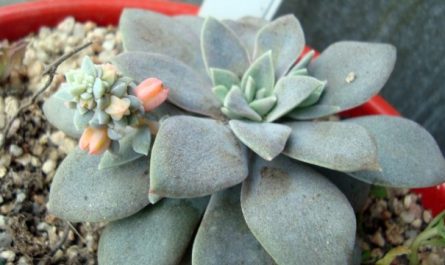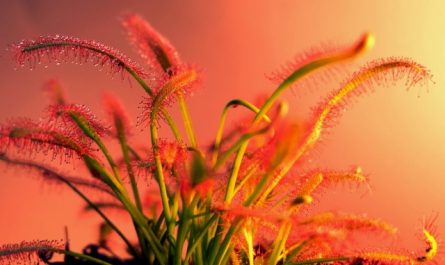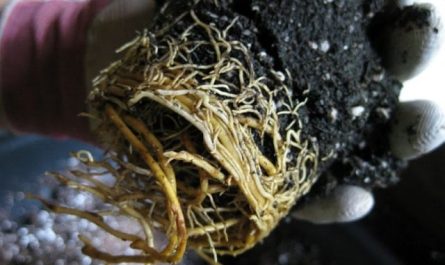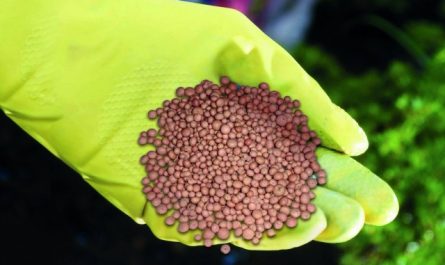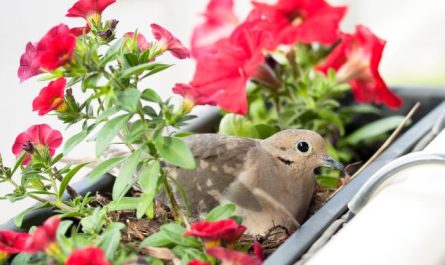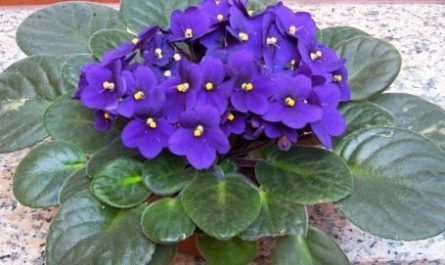Majestic and diverse palms remain one of the most beloved groups of indoor plants even today and are certainly the most popular indoor giants. Despite significant differences in size, leaf structure and decorative details, palms have always been perceived as plants with significant common characteristics and requirements. But if you look closer, you can see among the palms both very capricious species that require special maintenance and care, and crops that can be grown even by beginners. And you really can’t find soloists equal to the unpretentious palms.

Not so different palm trees
Despite the significant differences in care requirements and growing conditions for different genera and species of palms, the Palm family still remains a group of plants that are quite similar in their characteristics, which have only individual features, but almost identical basic requirements. The main division of all palms into categories and subgroups concerns the peculiarities of their cultivation and the complexity of caring for these indoor giants. If one group of palms is considered friendly plants, which can be grown without much effort with due diligence, then the other includes plants that are not so easy to cope with even in specialized greenhouses or winter gardens.
All unpretentious palms can be considered easy-to-care-for, hardy and versatile crops. But their unpretentiousness has its own clearly defined boundaries, which should not be crossed under any circumstances. After all, their cultivation also has its own norms and rules, the violation of which is dangerous not only for the attractiveness, but also for the health of the palms.
Unpretentious palms, like their capricious brothers, mainly came to us from the tropical latitudes of Africa (despite the fact that some palms come from the subtropics, their requirements for conditions are still most often closer to the requirements of other tropical plants). And first of all, they concern the humidity of the substrate and air. Without exception, all palms love abundant, but rather rare watering, which is carried out with long pauses and replaced during the period of rest and shortening of daylight hours with moderate and more frequent procedures. Not a single palm, even among the most resistant species, will endure even moderate drying of the earthen lump without a trace, not to mention complete drought. Mistakes in watering, skipping procedures result in yellowing of the palm leaves, a change in color and the appearance of unpleasant brown dry spots, which can no longer be eliminated without pruning. Palms are also sensitive to air humidity. The most unpretentious ones can tolerate a dry environment better than the most demanding species of this family, but they will still prefer to grow in conditions of high humidity and it is in a humid environment that they will best reveal their beauty.
One of the main advantages of unpretentious palms is their greater adaptability. No palm likes sudden changes in conditions and care; they need to be gradually adapted to a new environment, but if changes are detrimental to capricious species, then hardy ones adapt much easier and with less damage. They can winter both in cool and warm conditions with rare exceptions, and the requirements for temperature values for unpretentious palms are far from strict.
Often the reason for distinguishing a palm tree among the unpretentious species is its ability to withstand less intense lighting. Despite the fact that all palm trees without exception are considered light-loving crops, hardy species are able to put up with atypical living room conditions and can be grown not only on windowsills (where it is often simply impossible to place plants due to their large dimensions).

The unpretentious palms have other “habits” in common:
- the same requirements for soil consisting of turf, leaf soil, humus and sand – universal, moisture-absorbing, breathable and fairly coarse soil mixtures;
- propagation is mainly by seed (for bushy palms – by division);
- love of turning the crown for uniform growth.
However, the main characteristic remains the presence of lower requirements for care and conditions than capricious types of palms.
Let’s take a closer look at the five most friendly palms, the cultivation of which will not cause any trouble even for novice gardeners.
See the list of the most unpretentious indoor palms on the next page.




